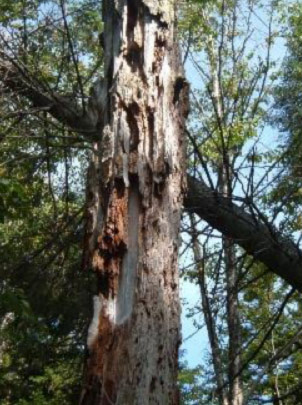CONSERVATION SECTIONS
MONT-MÉGANTIC
The Mont-Mégantic massif is located at the juncture of the municipalities of La Patrie, Notre-Dame-des-Bois, Val-Racine and Hampden. Part of this territory is dedicated to agricultural and resort activities, but the forest cover remains dominant. Composed of a major conservation core, which includes the Parc national du Mont-Mégantic (PNMM) and the Samuel-Brisson Ecological Reserve, it also includes a buffer zone in which NET is working more particularly with private owners.
18 840
records of bats since 2019
77,37 ha
of natural habitats under perpetual conservation
Mont-Mégantic’s ecosystems are comprised of:
The outskirts of Mont-Mégantic are comprised of:
Through this conservation project, NET aims to protect the core conservation area of the PNMM and the Samuel-Brisson Ecological Reserve through legal conservation agreements and sustainable management of current uses: forestry, maple syrup production, resorts, etc.
To learn more about voluntary conservation options, click here
PROJECT PARTNERS: